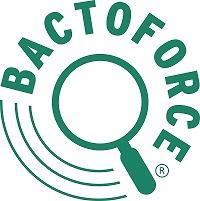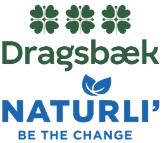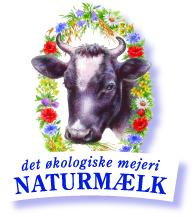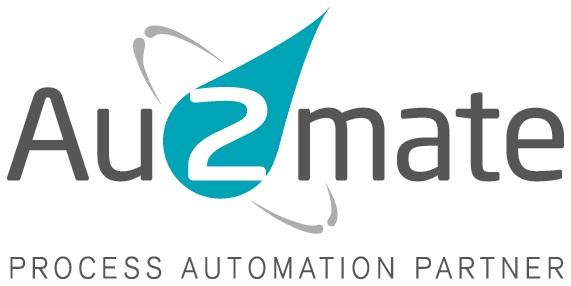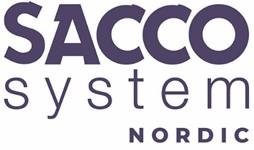
The dairies spend enormous resources on collecting data at all levels in processes, from measuring instruments to waste and much more. The amount of data is large, but how to extract all the knowledge contained in this data and how to cut to the bone so that only the necessary data is collected?
This question is highlighted as well as the use of data in different contexts - e.g., automatic visual inspection of cheeses, Overall Equipment Efficiency (OEE) of process equipment, and more.
The purpose of data collection is optimization and quality assurance, and the good products are the goal.
With the introduction of data regimes there is also a challenge on the long run to secure and maintain the human resources as well as the knowledge and comprehension behind the models that are built based on data.
Download the program HERE.

Using the right data from Big Data to build Trust, Quality and Insights
Managing costs, quality and risks in food processes is getting ever more complex. We need a new approach; using shared tools and data to drive collaboration across departments.
But trying everything, everywhere at once is too slow, expensive and risky. So, it’s important to focus in on one concrete area or business improvement opportunity to get started.
Food Safety is a great place to focus in on:
- It‘s a critical area for collaboration´, trust and quality control across departments
- Simple digital tools and open platforms can cut a lot of admin and paperwork
- And the data foundation this creates unlocks many new insights and improvements
So, it’s both a good investment for the short term, and a simple compelling goal to get everyone learning to use real data and shared insights.

Data culture matters
The success of Big Data – however scientific, impressive, or exciting the concept can be – relies on fundamental principles of organization culture and change management. It’s not just about the data or about the analytics. It is about making better decisions more often. Big Data will have “Big” impact when it is supporting decision taking at all levels in an industry, from CEO of a multinational to an individual farmer. Each person takes many decisions on a daily basis. The question is, what can companies do to embed Big Data into decision taking at all levels, to create better outcomes?

From data to business value
Thousands or even millions of data is captured at the dairies each day, but in many cases the data historically has been captured for documentation purposes, eg. in case of audits etc.
In some cases data is captured manually on paper, in excel or other tools and in other cases data is captured automatically. Lately there is getting more and more focus on how the manufacturing data can be turned into insight to drive business value based on fact-based decisions for production optimization.
The presentation will take you through the journey we are on in Arla Foods to ensure data driven performance incl cases on how we have created business value and a case on how structured data can sometimes bring improved insight.

The digitalization journey of Mammen Dairy
Digitalisering og Industri 4.0 har gjort sit indtog i mejerisektoren. Mammen Mejeri besluttede for nogle år siden at øge automatiseringsgraden og digitaliseringen på mejeriet.
Anlægget voksede og blev mere komplekst og indeholder nu en høj grad af automatisering. Samtidig øges kravene til optimal drift med hensyn til oppetid, udnyttelse af råprodukter, energioptimering samt minimering af anvendte ressourcer. Desuden er der øgede krav fra både kunder og myndigheder til dokumentation af produktionen samt den tilhørende rapportering og gennemskuelighed i produktionsdata.
Au2mate fortæller i dette indlæg om deres deltagelse i udviklingen på Mammen Mejeri, digitaliseringsrejsen er foregået i et meget tæt og integreret samarbejde mellem Mammen Mejeri og Au2mate.
IT strukturen er baseret på fremherskende standarder S88 & S95 og er forberedt for den fremtidige udvikling af digitalisering af mejeriet.”

How to automate your cheese inspection with Machine Vision – and to optimize your OEE at the same time
By automating crucial inspections of cheese blocks, producers can ensure not only a consistent quality level and reduced quality costs, but also an optimized production by utilizing quality data.

Big data and AI at Norway´s largest dairy
Every day 250 million datapoints are registered and stored from 40 000 sensors at the largest dairy in Norway.
That amount of information is too large for humans to absorb, but computers and AI can.
For the last few years the engineers and operators at the dairy have created 100´s of machine learning models to improve quality, reduce waste, increase yield, reduce emissions and prevent unplanned downtime with a No-code AI platform.
Big data analytics and AI can teach us what is actually true and what is not, as long as the humans in the plant are able to ask the right questions and understand the answers. So this presentation will focus on both technology and people in a dairy and the journey for more data driven decisions.

How to trust the data from your inline analyzers
How to choose what data to work with and how do you make sure the data is valid? What is a good way to collect and combine validation data to get unified image? Examples will be given of how Q-Interline has chosen to validate the data from our analytical instruments with aspects from validation of installation and sampling setup, model validation, hardware performance, sample and background spectra.




